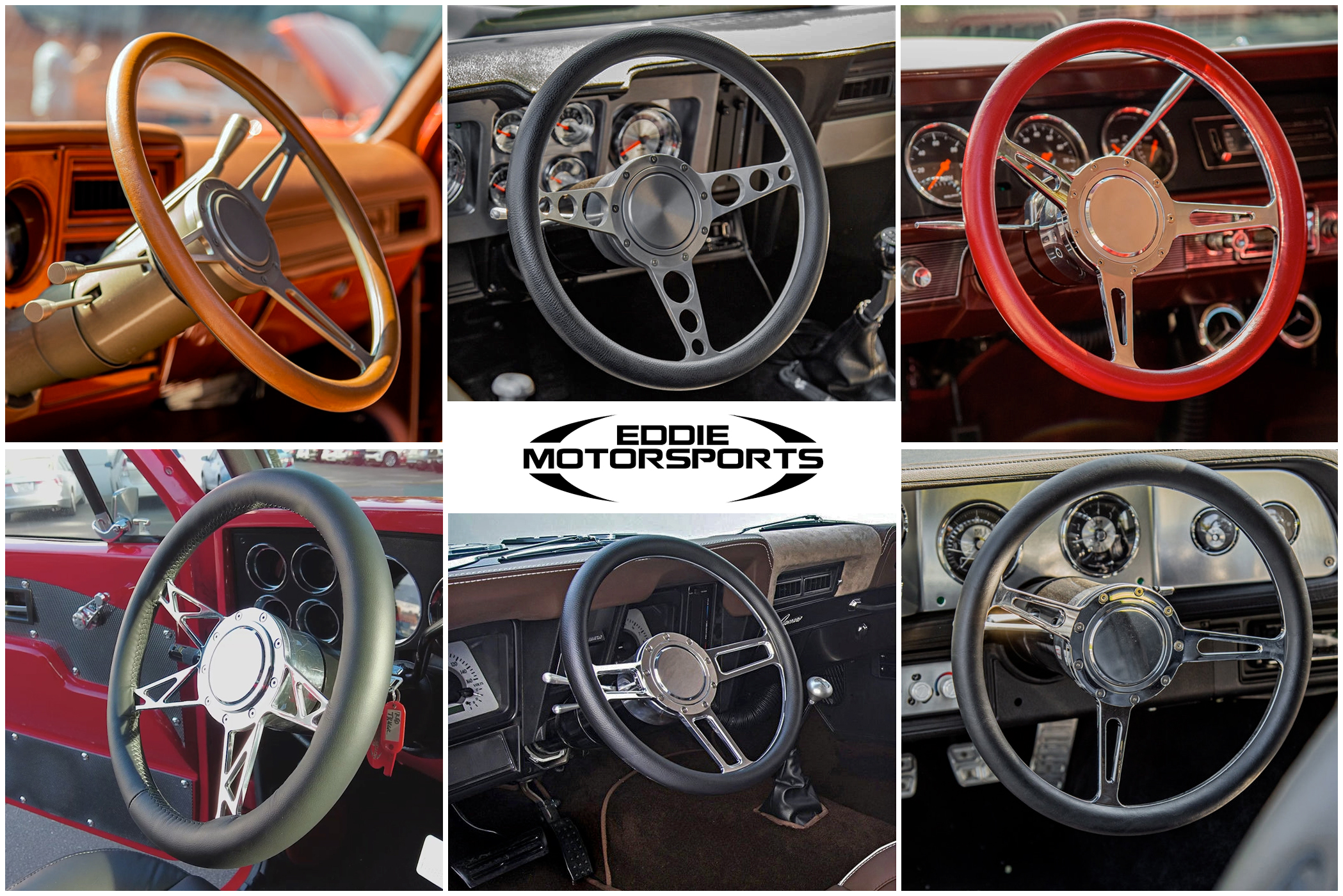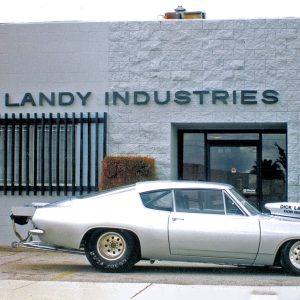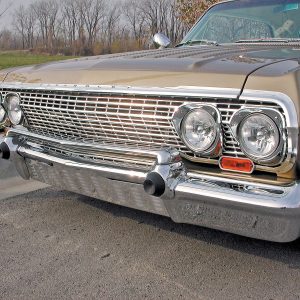Handling

If there’s one thing we can’t stress enough, it’s the importance of keeping your engine cool. That’s why we’re pumped about the Canton Racing Products Universal Aluminum Coolant Expansion Fill Tank. This baby is an absolute game-changer for anyone looking to optimize their vehicle’s cooling system.

Alright, buckle up because Eddie Motorsports just dropped a bombshell in the form of their new line of high quality, billet aluminum steering wheels. Picture this: a line of wheels so slick, so badass, that your ride’s gonna scream “legendary.” Yeah, it’s that good.

Here’s the deal: if you’ve got a V-8 or a high-horsepower V-6 or 4-banger and you’re not running an Accusump, you’re gambling with your engine’s life. The 24-006 Accusump 3 Qt No Valve is one of those pieces of gear you slap on and immediately wonder why you didn’t do it sooner. It’s been saving engines—and wallets—for over 30 years. Let’s break it down.

Listen up! It’s time to talk about something that’s going to rev up your LS build and have you grinning like a maniac every time you hit the throttle. We’re diving into the nitty-gritty of the Chevrolet LS Custom Header Build Kit, the ultimate solution for anyone looking to unleash the full potential of their LS engine. Buckle up, because this is going to be a wild ride.

Let’s talk about something that doesn’t always get the glory it deserves but is crucial for any high-performance build—pushrods. And who better to get the job done right than Brian Tooley Racing (BTR)? These guys know their stuff, and their pushrods are proof.

Alright, gearheads, if you’ve been chasing that extra performance edge for your LS engine, it’s time to step up your game. The BTR Platinum LS Dual Spring Kit – .660 Lift (SK001) from Brian Tooley Racing is the go-to upgrade when you’re running a high-lift cam and want to keep things dialed in tight. Let me tell you, this kit is more than just parts in a box—it’s the insurance policy your high-performance build demands.

Are you ready to give your GM truck the performance boost it deserves? Look no further than the BTR Gen III/IV Truck Norris Camshaft from Brian Tooley Racing. Designed specifically for 1999-2013 Chevrolet Silverado and GMC Sierra trucks, this camshaft is engineered to deliver a significant increase in horsepower and torque, transforming your daily driver into a powerhouse.

Alright, let’s talk camshafts—and not just any camshaft, but the BTR Red Hot Cam from Brian Tooley Racing. If you’re looking to unlock some real grunt from your LS engine and make it scream like it’s ready to tear the asphalt in half, this thing is the hot ticket. No fluff, no filler—this cam delivers straight-up power, attitude, and everything you love about LS engines dialed up to 11.

For the hot rodder who demands usability and performance, Smeding Performance’s 408” LS3 engines are designed to take your project to the next level. These aren’t your typical cookie-cutter kits—they’re full-fledged, turnkey engine packages built to drop into your classic chassis and turn it into a road-ready rocket. Whether you’re chasing street-friendly power or show-stopping performance, Smeding has you covered with engines dialed in for hot rod perfection.

If you’re wheeling a Jeep Wrangler JL, you know the factory axles are decent for the daily grind—but get rowdy with bigger tires or gnarly trails, and they’ll cry uncle faster than you can say “diff fluid leak.” Enter the Artec Industries APEX Truss, a killer upgrade for your front and rear axles that doesn’t just add strength—it revolutionizes the game.












